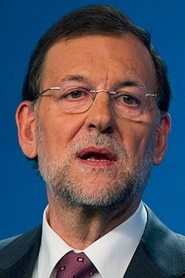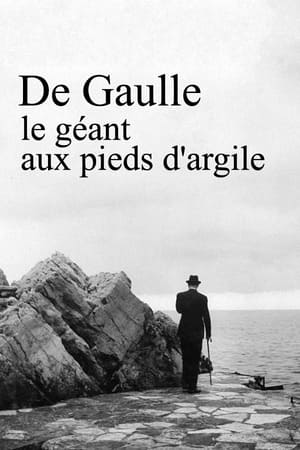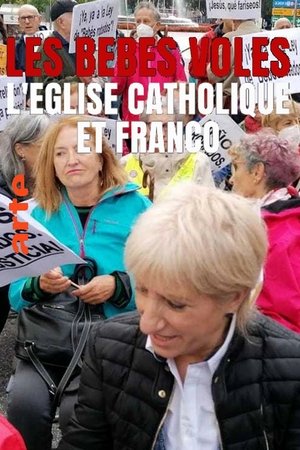
"1-O"(2018)
On September 6, 2017, the Catalan regional government called an independence referendum. This propagandistic documentary by the Catalan government collects the experiences of an illegal referendum that led to the virtual independence of Spanish territory and the biggest constitutional crisis in Spain since 1981


Movie: "1-O"
Top 7 Billed Cast
Himself
Herself
Himself
Himself (uncredited)
Himself (uncredited)
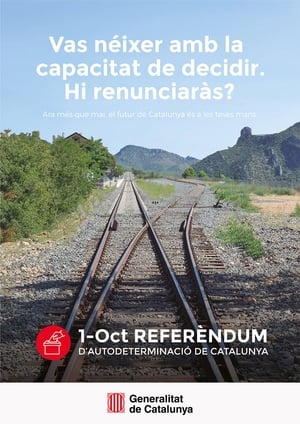
"1-O"
HomePage
Overview
On September 6, 2017, the Catalan regional government called an independence referendum. This propagandistic documentary by the Catalan government collects the experiences of an illegal referendum that led to the virtual independence of Spanish territory and the biggest constitutional crisis in Spain since 1981
Release Date
2018-01-09
Average
1
Rating:
0.5 startsTagline
Genres
Languages:
CatalàEspañolEnglishKeywords
Similar Movies
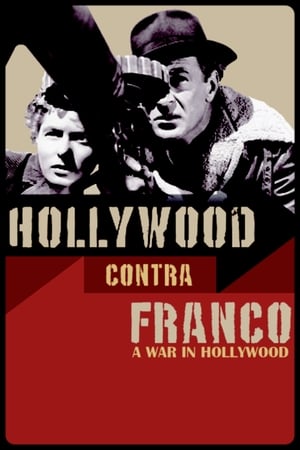 6.8
6.8A War in Hollywood(es)
The Spanish Civil War (1936-1939) caused a great impression on the lives of most of the American artists of that era, so many movies were made in Hollywood about it. The final defeat of the Spanish Republic left an open wound in the hearts of those who sympathized with its cause. The eventful life of screenwriter Alvah Bessie (1904-1985), one of the Hollywood Ten, serves to analyze this sadness, the tragedy of Spain and its consequences.
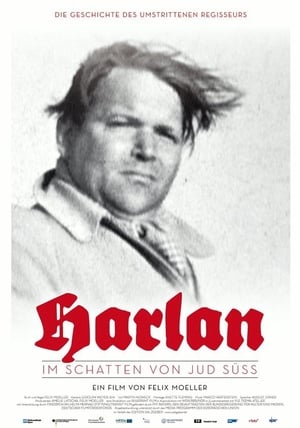 6.0
6.0Harlan: In the Shadow of Jew Süss(de)
Though almost forgotten today, Veit Harlan was one of Nazi Germany's most notorious filmmakers. His most perfidious film was the treacherous anti-Semitic propaganda film Jud Süß - required viewing for all SS members. This documentary is an eye-opening examination of World War II film history as well as the story of a German family from the Third Reich to the present; one that is marked by reckoning, denial and liberation.
 6.9
6.9Hoaxed(en)
An insider's look at the fake news phenomenon and the consequences of media misinformation. Interviews from those who have been accused of spreading it themselves are featured in variety throughout the film.
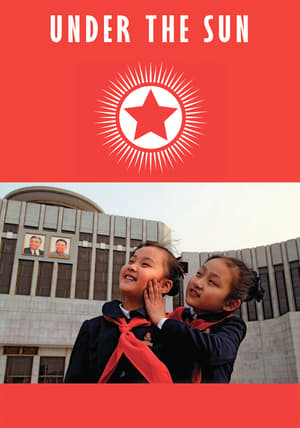 7.2
7.2Under the Sun(de)
Over the course of one year, this film follows the life of an ordinary Pyongyang family whose daughter was chosen to take part in Day of the Shining Star (Kim Jong-il's birthday) celebration. While North Korean government wanted a propaganda film, the director kept on filming between the scripted scenes. The ritualized explosions of color and joy contrast sharply with pale everyday reality, which is not particularly terrible, but rather quite surreal.
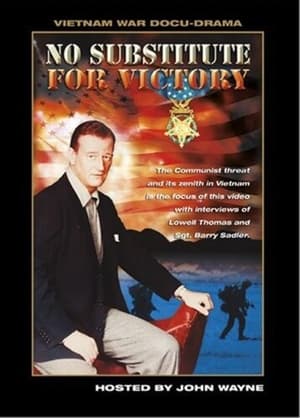 4.3
4.3No Substitute for Victory(en)
John Wayne hosts this video which was produced during the Vietnam War when the Communist threat was at its height.
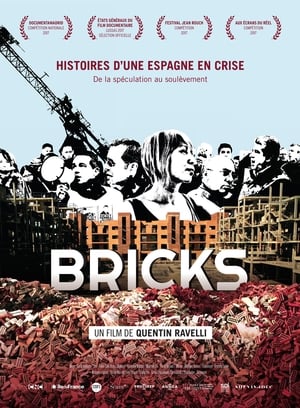 6.0
6.0Bricks(fr)
In Spanish, ladrillo means bricks. It used to mean boom, construction, production, speculation. Today, ladrillo means crisis: disused clay pits, factories that are closed half of the year, ghost-towns, subprime mortgagers facing eviction. Bricks shows how the life of a simple commodity can be the mirror of a global crisis, and tells the story of people who come up with individual and collective strategies to overcome a seemingly desperate situation.
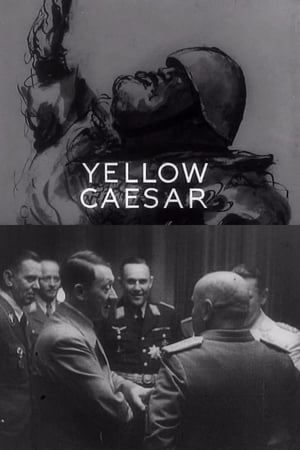 5.8
5.8Yellow Caesar(en)
Using edited archive footage, mockery is made of Italy's dictator Benito Mussolini.
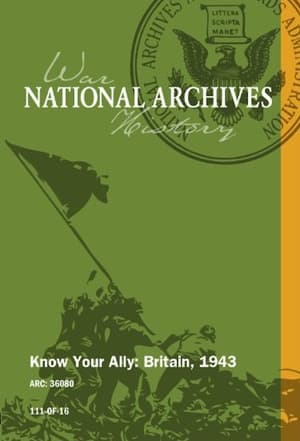 4.6
4.6Know Your Ally: Britain(en)
Know Your Ally: Britain was a 45-minute propaganda film made in 1944. It was narrated by Walter Huston and produced by the United States War Department and Signal Corp to solidify Anglo-American solidarity within the ranks as well as counter Nazi propaganda aimed at weakening the Alliance.
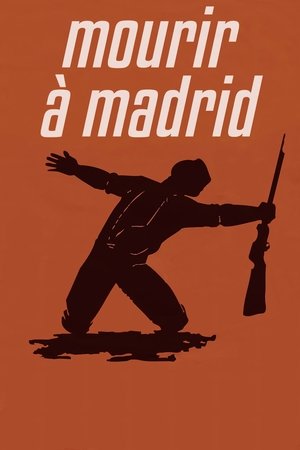 7.5
7.5To Die in Madrid(fr)
Morir en Madrid brings together several papers on the Spanish Civil War and integrates capturing different points of view, intended to represent the continuity of the suffering of the Spanish during the Franco regime. The death of Federico Garcia Lorca, Guernica, the defense of Madrid, the International Brigades, are some of the items comprised in this document.
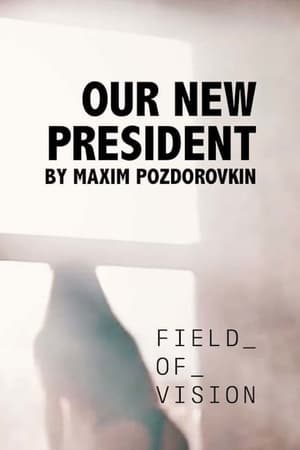 5.0
5.0Our New President(en)
Donald Trump has become a beloved cult figure for many Russians. The short film uses found footage, fake news and state-controlled political programming to reveal the variety of ways Trump's newfound Russian supporters express their devotion.
 8.1
8.1Propaganda(en)
An anti-western propaganda film about the influences of American visual and consumption culture on the rest of the world, as told from a North Korean perspective.
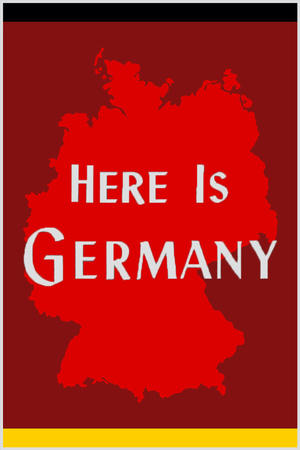 7.0
7.0Here Is Germany(en)
A "know-your-enemy" propaganda film similar to "Know Your Enemy: Japan" and "My Japan", films about Japan with the same objective. It contains a history of the prelude to WW II, the death camps and other Nazi war crimes, and commentary on the character of the German people. Directed by Frank Capra, this film is in essentially the same format as his "Why We Fight" series. It was intended to be shown to American troops participating in the invasion and occupation of Germany. But by the time it was ready, events had overtaken it -- Germany was already well on its way to falling -- so the film was shelved. Although it is readily available for public-domain viewing on the Internet, it has never been widely distributed or shown.
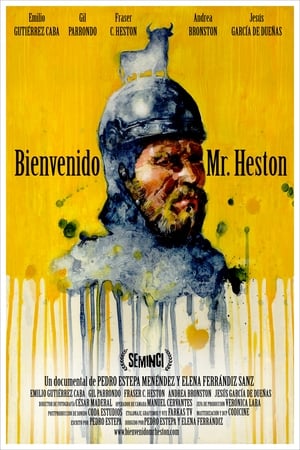 0.0
0.0Bienvenido Mr. Heston(es)
Spain, 1961. Life in the small village of Torrelobatón, in the province of Valladolid, was turned upside down when the cinematic magic circus of a future Hollywood blockbuster, produced by Samuel Bronston, the rogue mogul of his own film empire, came to town: its inhabitants became participants and witnesses of the shooting of “El Cid,” a film directed by Anthony Mann, starring mythical actors Charlton Heston and Sophia Loren. Those days, legends came alive.
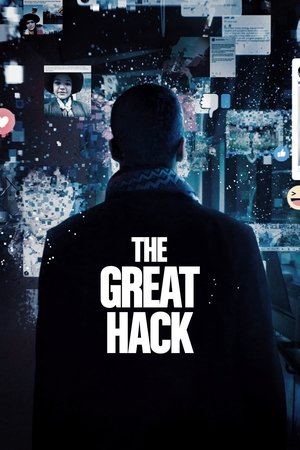 6.9
6.9The Great Hack(en)
Data—arguably the world’s most valuable asset—is being weaponized to wage cultural and political wars. The dark world of data exploitation is uncovered through the unpredictable, personal journeys of players on different sides of the explosive Cambridge Analytica/Facebook data story.
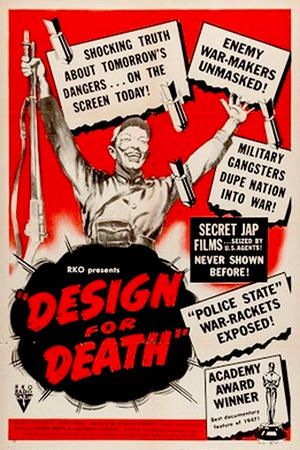 6.0
6.0Design for Death(en)
Documentary Feature winner "Design for Death" (1947) examines Japanese culture and how it led to Japan's role in WWII.
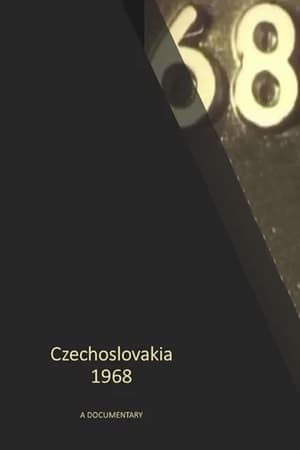 6.2
6.2Czechoslovakia 1968(en)
Short documentary about 50 years of history of Czechoslovakia, with archive images.
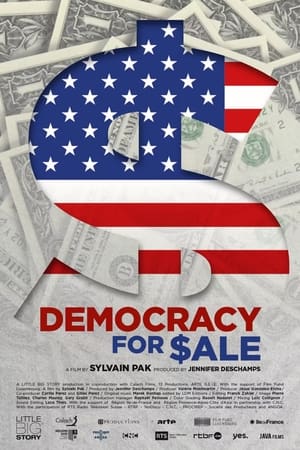 7.2
7.2Democracy for $ale(fr)
In the United States of America, lobbyists, corporations and billionaires invest millions of dollars to ensure that a suitable candidate, one inclined to support their personal ambitions and economic projects, wins an election, which inevitably affects everything, from the selection of local officials to presidential elections, creates countless conflicts of interest and undermines what supposedly used to be a model democracy.
 8.0
8.0Kherson: Human Safari(en)
Kherson, Ukraine's embattled city, has endured invasion, occupation, and liberation. On February 24, 2022, Russian tanks entered Kherson, leading to brutal occupation marked by violence. Despite being outnumbered, local defense forces resisted, and citizens protested under the slogan "Kherson is Ukraine!" An underground resistance formed, led by brave individuals like journalist Valentyna and others who risked arrest and torture to support the cause. After nine months, Ukrainian forces liberated Kherson, but Russian destruction left the city in chaos. Shelling and drone attacks became relentless, and in June 2023, a dam explosion flooded the city, causing further devastation. Despite these challenges, Kherson's spirit remained unbroken, with citizens embracing arts and resilience. By August 2024, drone attacks specifically targeted civilians, yet the city resisted, determined to rebuild and reclaim its identity, refusing to succumb to ruin.
